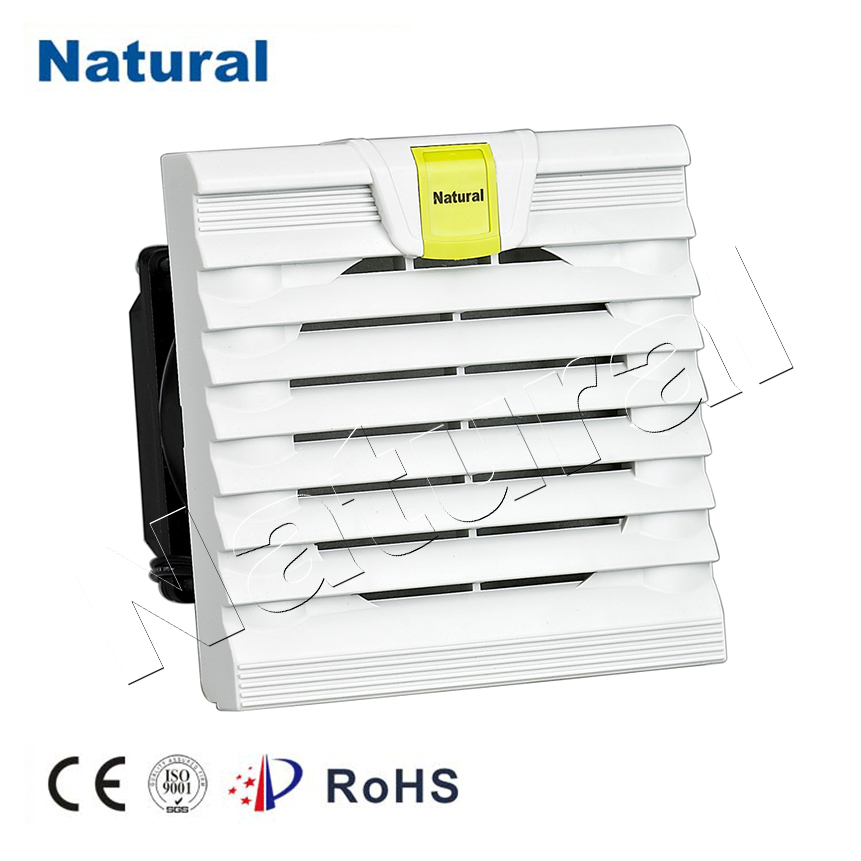In the realm of electronic equipment and industrial machinery, cooling is crucial to ensure longevity, prevent overheating, and optimize performance. Among the most commonly used solutions for maintaining ideal temperature levels are the cabinet fan and the filter fan. These fans play a pivotal role in providing ventilation, controlling heat, and ensuring smooth operations, particularly in enclosed environments such as control cabinets, electrical enclosures, and server racks. This article will explore the importance, functions, and benefits of both cabinet fans and filter fans, and how they contribute to maintaining an efficient working environment.

What is a Cabinet Fan?

A cabinet fan is an essential cooling device designed to circulate air within an enclosed space, such as a server or electrical cabinet. These cabinets are typically home to sensitive components like circuit boards, power supplies, and control systems, all of which are susceptible to damage from excessive heat. Cabinet fans are used to regulate the internal temperature by drawing cooler air into the enclosure and expelling the warmer air out. Cabinet fans are usually installed in positions that optimize airflow within the unit, often mounted at the top or sides of the enclosure. The fans are available in various sizes, ranging from small units for desktop electronics to larger systems for industrial machinery. Some cabinet fans come with speed controls, enabling users to adjust airflow based on temperature fluctuations or specific cooling requirements.
